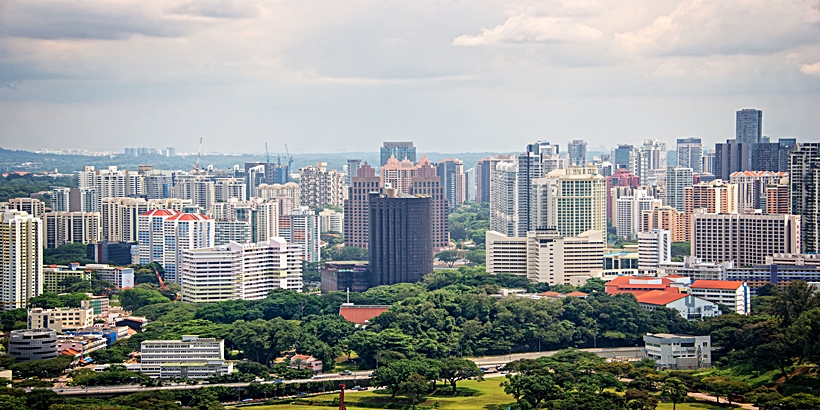Debt of major developers increased significantly in six Asian markets, including Singapore, from 2006 to 2016, according to a report from the Bank for International Settlements.
Based on sample data, debt as a percentage of gross domestic product (GDP) of local developers in the city-state rose from about six percent in 2006 to 15 percent in 2016. That in Malaysia edged up from nearly two percent to over four percent over the same period.
“But since our data set is limited, the true figure for all developers is likely to be much higher. For example, national data indicate that in Hong Kong bank lending to the developer sector reached approximately 50 percent of GDP at end-2016, about twice the bank debt of the firms in our sample. In Singapore, bank debt of resident property firms is 29 percent of GDP. In Malaysia, (it) stood at 3.8 percent at end-2016, about the same as our figures.”
Moreover, property developers in all six Asian markets, except Thailand, have become less profitable in recent years. In Singapore and Malaysia, the average returns on equity of these firm hit about 10 percent compared to over six percent in Hong Kong to almost 15 percent in China.
The median returns were also lower by over five percentage points than the averages between 2010 and 2013 in most markets except in Malaysia and Thailand, where it was broadly unchanged.
“Returns on assets of the median firms also fell in all six economies except Thailand. In 2016, median developers earned four to six percent on their assets,” noted the, Switzerland-based institution that watches over global financial stability.
In addition, interest coverage ratio (ICR) of developers in most of the six markets, except Malaysia and Hong Kong, have fallen. That in Singapore dropped from 10.5 in 2010 to 3.7 in 2016, likewise for Indonesia (4.9 to 3.4), Thailand (7.4 to 5.6) and China (11.3 to 5.7).
Notably, a lower ICR indicates that a company is more burdened by debt expenses. A figure of 1.5 or lower means that it is likely to default on its debt.
“So far indebtedness has tended to be low for most firms, but weak profitability and declining interest coverage ratios give cause for concern,” explained the bank.
The firms are thus vulnerable to shocks, such as increases in interest rates, falling property prices or local currency depreciations. Even if outright defaults can be avoided, the weakening fundamentals of the sector could spill over to other parts of the economy through lower house prices.”
Data comprised balance sheets of developers in China, Hong Kong, Indonesia, Malaysia, Singapore and Thailand from 2006 to 2016, as well as firm-level info from Capital IQ and Thomson Reuters Eikon.
Christopher Chitty, Senior Content Producer at PropertyGuru, edited this story




